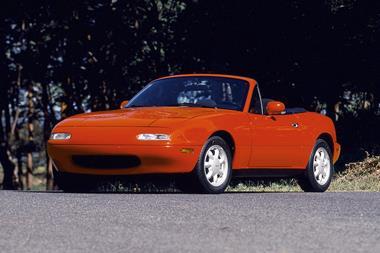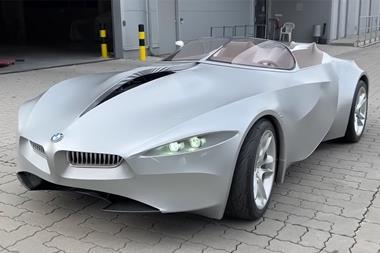IN THIS ISSUE
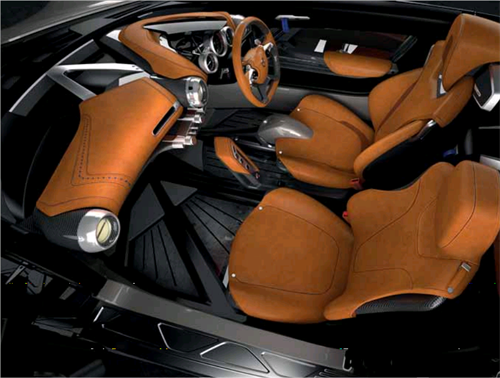
Yamaha, well-known for its motorbikes and musical instruments, branched out into the four-wheeled automotive world in 2013 with the Motiv concept, a city car developed in collaboration with Gordon Murray Design to show off the potential of GMD’s iStream manufacturing process. The Sports Ride concept is different, however – a “distant cousin” of the Motiv, according to designer Satoshi Nakamura, created independently by Yamaha’s Motor Design Centre team in Japan. While it uses the iStream technology, it is simply a design study, for now, to illustrate what a Yamaha sports car could be like.
“When we started, the main question we asked was how to create a unique, Yamaha-style sports car, and what would it look like?” says Nakamura. “We don’t have a history of one.” Instead, the Sports Ride cleverly leverages Yamaha’s heritage in its other divisions.
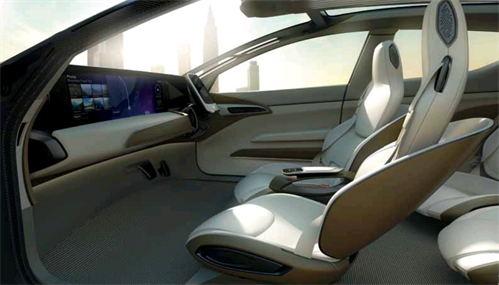
“The brief was very clear,” says Nissan’s executive design director Satoru Tai. “It had to be an autonomous driving EV concept, not a pure design styling concept, and one that we wanted customers to understand is coming quite soon.” Yet with that technical and practical grounding, the IDS concept has elements which go far beyond a pre-production preview, and Tai explains that the concept is looking further towards a timeframe of 2020 to 2025. “We didn’t want a ‘flying saucer’, so intentionally created a realistic concept car but with some futuristic aspects. The exterior is car-like, but the interior had to show how the driver could be free to relax through the benefits of autonomous driving.”
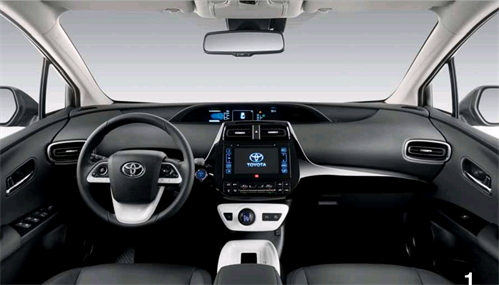
Toyota could have been forgiven for playing it safe for the fourth generation of such a genre-defining, internationally-known vehicle, but the latest Prius is anything but conservative. Its evolution builds on the values of the previous three iterations – over 3.5 million of which have been sold – and goes a step further.
Project chief designer Shunsaku Kodama explains the reason: “Now the Prius has become so popular, its exclusivity has diminished and its advanced image is losing ground. Our task for the fourth generation was to establish a new sense of presence and product value as Toyota’s symbolic eco-friendly vehicle; we need to appeal to influencers and get their support. For this, it is important to combine cutting-edge, emotional style, which reflects their desire for self-expression, with the ethical image of being considerate to people, society and the environment. As a result, we created a new character for the Prius by combining radical design with our latest in environmental technology and connectivity.”
Initial ideas were explored at several of the company’s studios: the Creative Studio and Design Division at Toyota’s headquarters, Calty Design Research Inc. in California, Toyota Europe Design Development (ED²) in France, and Tecno Art Research in Nagoya.

The Lexus LF-FC concept previewed both future powertrain technology and the forthcoming Lexus design direction at the Tokyo motor show in October. Its unusual drivetrain layout, with a hydrogen fuel cell stack at the rear and compact control electronics up front, opened up new possibilities for a luxury sedan’s packaging.
Its design was a collaborative effort between Lexus’ design and global design planning divisions, rather than involving studios in internal competition, when the programme began in spring 2014. The internal brief was to capture the “pursuit of dynamic, refined beauty based on Lexus’ unique ‘L-finesse’ design philosophy,” says interior designer Naoki Nagatsu.
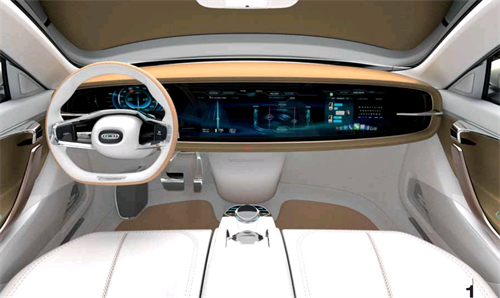
In 2011, entrepreneur Wellen Sham took control of the Taiwanese Motomax group, and began to reinvent this traditional tool-maker as a high-tech electric vehicle start-up. Peter Tutzer, former Lotus Group technical director, was recruited as chief technical officer in 2014 to lead the development of vehicles under the new Thunder Power brand, and Zagato was selected to design the concept unveiled in Frankfurt this year.
“The choice of Zagato was based around a clear strategy of Italian styling and European engineering, to create a car produced in China,” Tutzer explains. Zagato was tasked with the entire Thunder Power identity and branding, including the company logo, the firm’s booth and stand in Frankfurt, signage and press materials, and Zagato design director Stéphane Schwarz took charge of the project. “Through the various discussions with the client emerged the opportunity to propose an alternative to a conventional automotive approach, starting from the human factor, interacting in a new way with the automobile. This vision became the starting point to develop the entire brand and design activity,” Schwarz says.
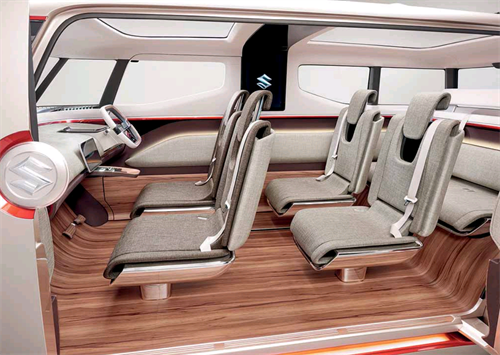
Suzuki quietly produced more than three million vehicles in 2014, but little of its automotive design process is known to the outside world. However, at the biennial Tokyo motor show, its designers get a rare moment to show the depth of their undoubted talents, and the 2015 event saw the unveil of the small Mighty Deck pick-up and Air Triser minivan. Both concepts garnered many media plaudits, but it was the Air Triser that moved us most from an interior viewpoint. This three-row box concept accommodates six to seven people when the seats are in the upright position, becoming a luxurious lounge when seats are folded down – and remarkably, all of this is fitted within a compact footprint considerably shorter and narrower than a current Nissan Qashqai’s.
Magazine


































